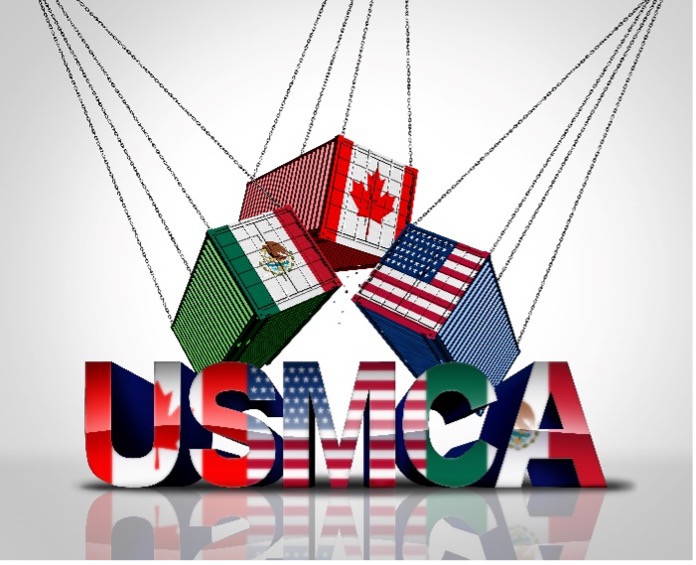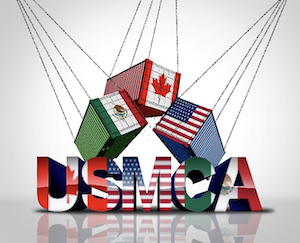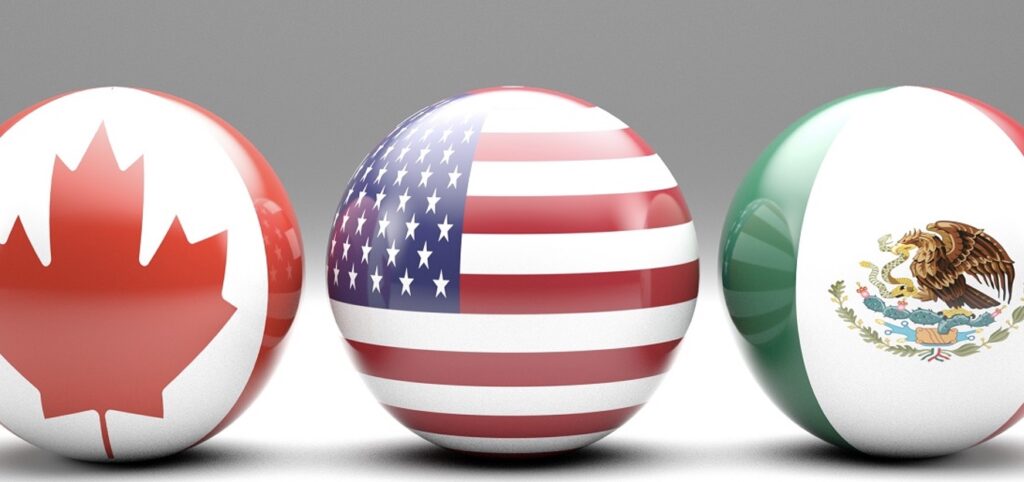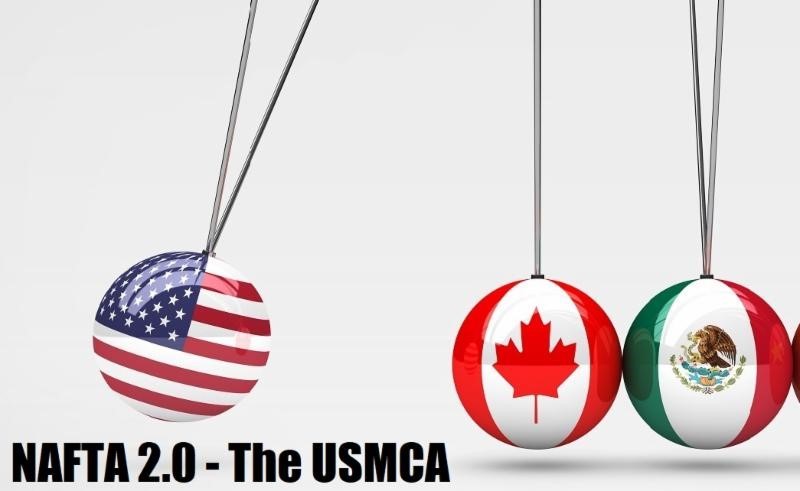USMCA – We Have Some Good News and Some Terrible News

As is well known the US has imposed duties of 25% on imports from Canada and Mexico. This means that those imports will take the regular duty plus 25%. For example, a switchgear assembly classified under 8537.10.91 made in Canada or Mexico will take a duty of 2.7% plus the special tariff of 25% for a total rate of 27.7% of the value.
Navigating Trade Waters: A Deep Dive into the USMCA Joint Review Process and Its Impact on China and Mexico – Part Two: The Mexico-US Trade Landscape and Harris’s Potential Vision

This is the second of a three-part series about the USMCA joint review process, focusing on China, Mexico, and competing visions of a “worker-centered” trade policy. Part one introduces the USMCA joint review process and explores how US trade policy would likely operate during Trump’s second term. Part two outlines some of the major trade issues that will be on the table during joint review, focusing on the Mexico-US relationship, and anticipates Harris’s likely approach to trade policy.
USMCA Joint Review Process Part 1

This is the first of a three-part series about the USMCA joint review process, focusing on China, Mexico, and competing visions of a “worker-centered” trade policy. Part one introduces the USMCA joint review process and explores how US trade policy would likely operate during Trump’s second term. Part two outlines some of the major trade issues that will be on the table during joint review, focusing on the Mexico-US relationship, and anticipates Harris’s likely approach to trade policy. Part three offers a critique of the worker-centered trade policy developed under the Biden administration, presents an alternative, and suggests new avenues for multi-stakeholder participation that Harris’s approach might create.
Legal Framework Governing Foreign Direct Investment from the United States and Canada in Mexico

A large number of companies considering relocating their business abroad have turned their eyes to Mexico, which has become an attractive place for investors to relocate their business, mainly because it is close to the United States and Canada (nearshoring), the labor costs are relatively low, the availability of IMMEX (maquiladora) program, and because there is a preferential treatment to originating goods and foreign investments from the United States and Canada that are protected under the USMCA, among other factors.
Non-Preferential Origin Rules – Which Do You Prefer?

By: By Adrienne Braumiller, Partner & Founder, Braumiller Law Group
There are two basic sets of country of origin rules that may apply to imports: (1) The preferential origin rules for articles considered “originating” under a free trade agreement; and (2) the non-preferential rules for articles not qualifying under a free trade agreement.
Does NAFTA 2.0 Modernization Mean More Opportunity for Fraud?

Many new technologies have erupted in the last 24 years, so sure, NAFTA was due for an update. Ecommerce has certainly also sparked the need for a facelift. But modernized provisions for certification of origin (which is how countries determine which shipments qualify for duty-free status) may lead to…
